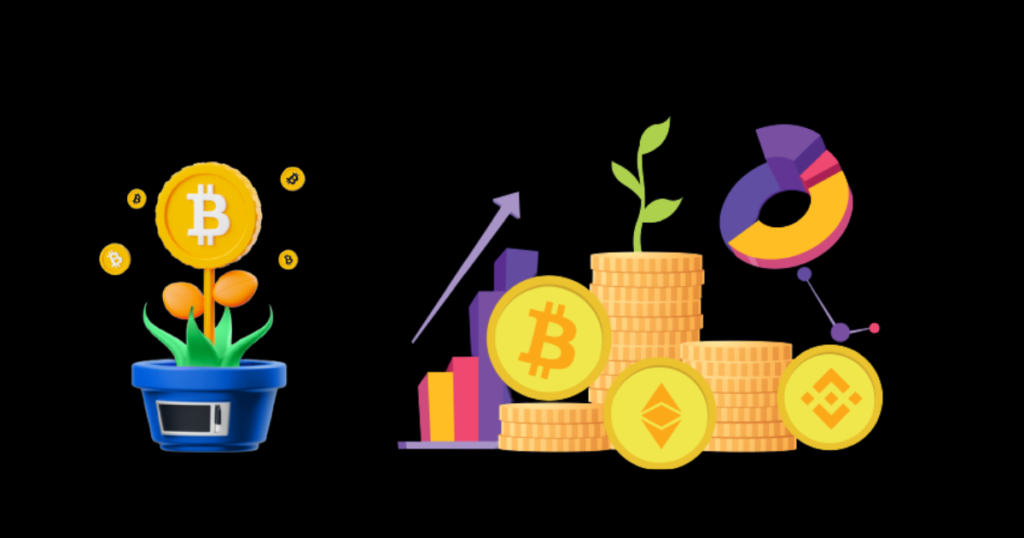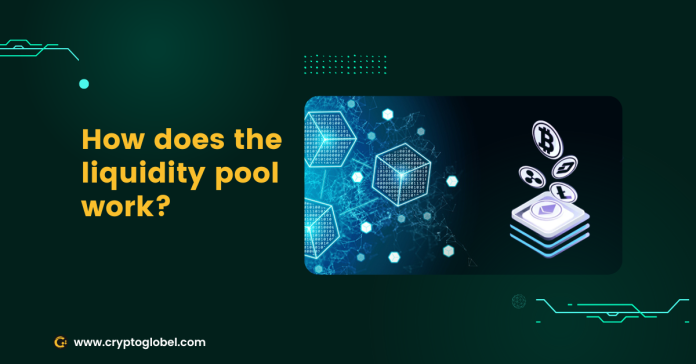What is Liquidity Pool Token LP token? While most Defi users are aware of liquidity pools LP tokens are frequently overlooked. Apart from releasing your provided liquidity, these crypto assets have their use cases. While there are dangers to using your lp tokens and apps there are fundamental techniques for maximizing the value of these one-of-a-kind assets.
In this article, we’re going to dive into what liquidity tokens are, how they work, what to do with them, where to get them and what my thoughts are on them.
What are LP tokens?
Users who offer liquidity and liquidity pools are given liquidity pool tokens also known as liquidity provider tokens. These tokens function as receipts allowing you to claim your initial stake and any interest earned. You can also utilize your lp tokens to earn interest on a yield farm obtain crypto loans or transfer ownership of the staked liquidity. However, it’s critical to remember that once you give up custody of your lp tokens you no longer hold the associated liquidity.

What does it mean to provide liquidity?
Liquidity is the ability to trade an asset quickly without producing major price movements. A cryptocurrency like bitcoin or BTC is a highly liquid asset. You can switch it for practically any amount across thousands of exchanges without actively changing its price. However not every token is blessed with this amount of liquidity.
Liquidity might be limited in decentralized finance or Defi and smaller projects. For instance, the coin may be offered on only one exchange. You may also have difficulty finding a buyer or vendor to match your order. The liquidity pool model also known as liquidity mining may be able to solve this problem. A liquidity pool has two assets that users can swap. There are no market makers takers or order books and the asset pools asset ratio establishes the price.
Liquidity providers are users who deposit a pair of tokens into the pool to facilitate trading users who switch between using their tickets are charged. So while providing liquidity intel’s exposing your assets to a market we are explicitly referring to Defi liquidity pools in the case of lp tokens. It’s important to note that just because an asset pair has a liquidity pool does not imply that there is considerable liquidity. You will however always be able to trade while utilizing the collection and will not have to rely on someone matching your order.
How does liquidity pool tokens works?
You’ll receive LP tokens as a receipt after putting a pair of tokens in a liquidity pool. Your LP tokens represent your pool share and allow you to withdraw your deposit and any interest earned. As a result, keeping your LP tokens is critical to the protection and security of your deposit. You will lose your share if you lose them. Your LP tokens will be in the wallet that you use to provide liquidity. To see the LP token in your cryptocurrency wallet, you might need to add the smart contract address.
Most LP tokens in the Defi ecosystem can be transferred between wallets and thus ownership is transferred, however, you should always check with the liquidity pool service provider to ensure this is the case. Sharing the tokens may result in a permanent loss of the liquidity supplied in some situations.

How can you get Liquidity pool tokens?
Only liquidity providers receive LP tokens. To obtain them you must use a Defi, DAap that provides liquidity such as a pancake swap or uni swap. Many blockchains Defi platforms automated market makers or AMM and decentralized exchanges use the LP token system. However, if you use liquidity pool services on an exchange in a centralized financial or CFI setting you are unlikely to receive LP tokens, instead, they’ll be held in custody by the custodial service provider. Your LP token will often bear the names of the two tokens for which you provide liquidity.
For example, in a pancake swap liquidity pool cake and BNB will yield a bep20 token named cake-BNB LP and on Ethereum, LP tokens are usually erc20 tokens.
What are liquidity pool tokens good for?
While LPtokens function in a similar fashion to receipts that’s not all they can do. In Defi, you can always use your assets across many platforms and stack services like lego use them to transmit wealth. The most basic application for LP tokens is the transfer of ownership of their associated liquidity. Some LP tokens are connected to specific wallet addresses but most allow the unfettered token transfer.
Related: What is a Liquidity pool in Crypto & How does it Work?
You could for example give BNB-W and BNB LP tokens to someone who could then remove the BnB and WBNB from the liquidity pool. However, manually determining the exact number of tokens in the pool is challenging. In this instance, a Defi calculator can be used to calculate the number of stake tokens connected to your LP tokens use them as loan collateral because your Lptokens represent ownership of an underlying asset they can be used as collateral.
Some platforms like Binance, Ethereum, or Bitcoin allow you to submit your LP tokens as collateral for a crypto loan. Typically this will enable you to borrow or buy a stablecoin or another asset with a high market cap. The loan is over-collateralized in certain circumstances. If you fail to maintain a specific collateral ratio the lender will use your LP tokens to claim and liquidate the underlying assets and add up their earnings.
One of the most common uses for your LP tokens is to place them in a yield compounder sometimes known as a yield farm. These services will accept your LP tokens harvest the rewards regularly and purchase more of the token pair. The compounder will reinvest them into the liquidity pool allowing you to compound your interest, while the operation can be done manually a yield farm can compound more efficiently than human users in most circumstances. Depending on the technique expensive transaction fees can be split among users and compounding can occur several times per day.

What are the risks associated with LP tokens?
There are hazards involved with LP tokens just as with any other ticket. These are some examples.
1- Loss or theft
If your LP token is lost or stolen you forfeit your portion of the liquidity pool and any income earned.
2- Smart Contract failure
If your liquidity pool is compromised due to an intelligent contract failure your LP tokens will no longer be able to refund your liquidity. Likewise, their intelligent contracts may also fail if you stake your LP tokens with a yield farmer or loan provider.
3- Difficulty determining their meaning
Looking at your LP tokens it’s nearly impossible to determine how much they’re worth. If token prices differed you would have suffered a temporary loss. You must also consider your interests because of these uncertainties making an informed decision on whether to quit your liquidity position can be difficult.
4- Opportunity cost
An opportunity cost is involved with providing your tokens as liquidity. In some circumstances investing your tickets elsewhere or spending them on another opportunity may be better.
Conclusion
When you supply crypto liquidity to a liquidity pool on a Defi protocol decide whether you want to use your LP tokens. Depositing funds into a liquidity pool is only the beginning of a Defi plan. Besides huddling consider your investment goals and risk tolerance to determine whether further investment is appropriate.
I hope you got value from this article, so I’m curious what are your thoughts on liquidity pool tokens? Is it going to be a part of your Defi strategy based on your investment plans and risk tolerance leave a comment below.

